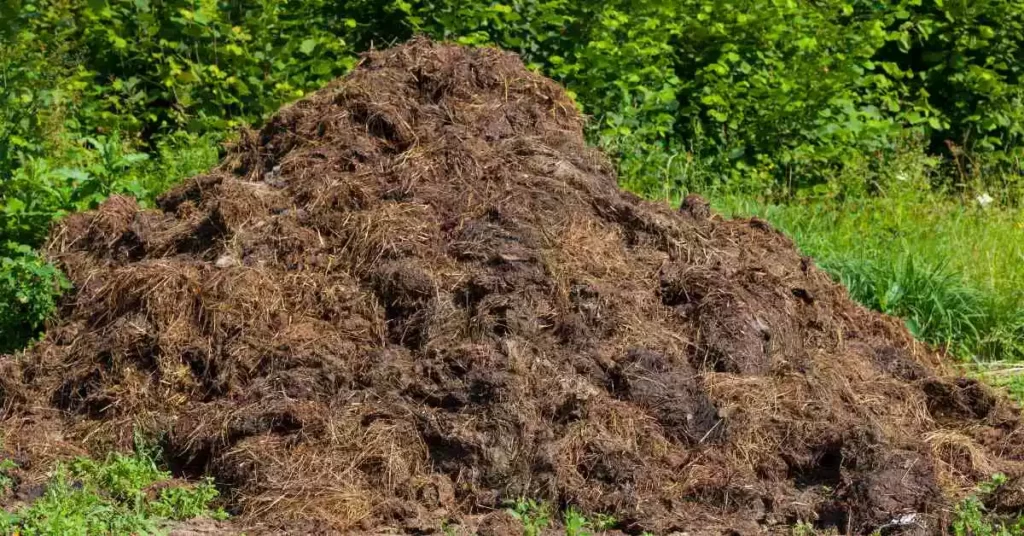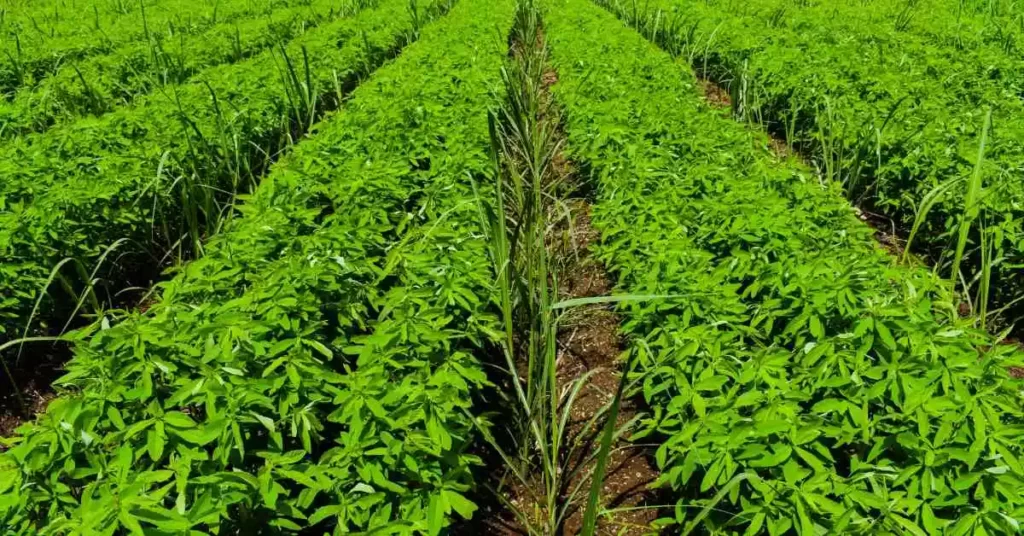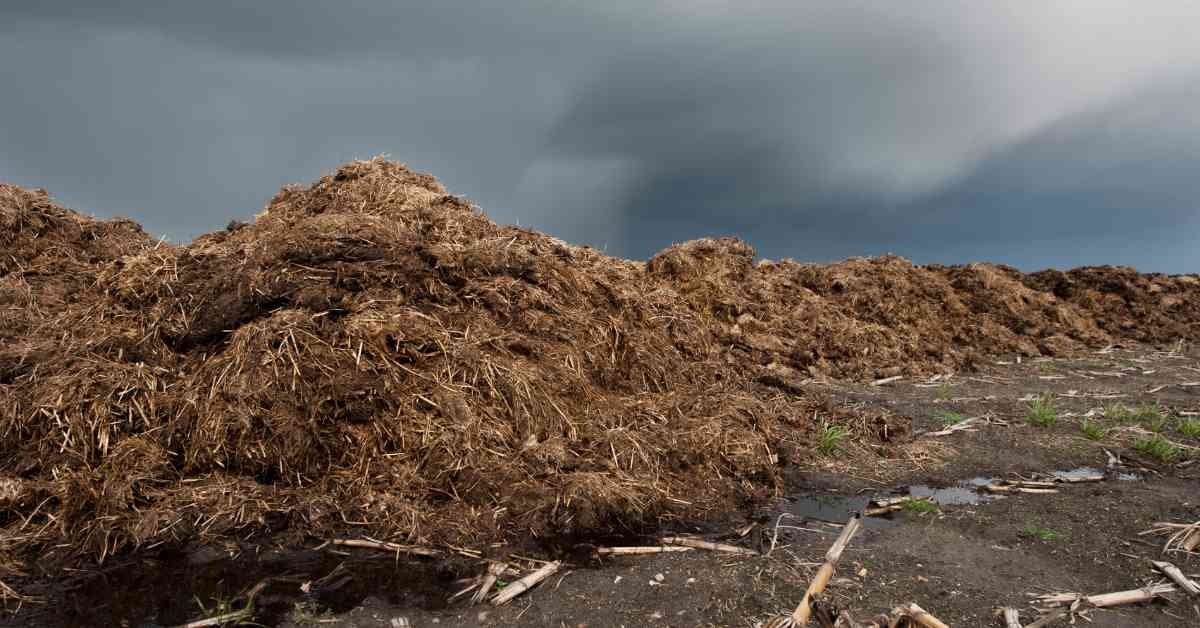Biofertilizer is a natural way of providing essential nutrients to plants and soil in order to improve their health and fertility. It’s an affordable, sustainable alternative to traditional fertilizer that can help you grow healthy crops without having a negative impact on the environment. When used correctly, it can even save money too! In this blog post, we’ll discuss what biofertilizers are, the different types available, and why they’re important for students looking for an ecological yet effective way of producing nutrient-rich crops. Read on to learn more about this amazing form of fertilization!
What Is Biofertilizer?
Biofertilizer comes from alive particles or alive materials. The term ‘Biofertilizer’ or, more appropriately, microbial inoculant can be defined as the preparations containing live and latent cells of efficient strains of nitrogen-fixing, phosphate solubilizing, or cellulolytic microorganisms used for application to soil, seed, or composting areas with the objectives of the increasing number of such microorganism and accelerating certain microbial processes to augment the extent of the availability of nutrients in a form which plants can easily assimilate.
Or, In a large sense, the term may be used to include all organic resources (manure) for plant growth, which are rendered in an available form for plant adsorption through microorganisms or plant association or interaction.

The fertilizer is used to improve the fertility of the land using biological wastage. Hence the term biofertilizer and biological wastage do not contain any chemicals detrimental to the living soil. They are extremely beneficial in reaching the soil with those microorganisms which produce organic nutrients for the soil and help compact diseases. The farm product does not contain traces of hazardous and poisonous materials. Thus those products are accepted across the world as organic ones. Hence for organic farming, the use of biofertilizers is mandatory.
Types of Biofertilizers
The following types of biofertilizers have been considered so far.
- Rhizobium inoculant.
- Azotobacter inoculant.
- Azospyrillum inoculant.
- Cyanobacterial inoculant.
- Azolla.
- Phosphate solubilizing microorganisms.
- Mycorrhizal fungi.
- Inoculants for nodulated leguminous trees.
- Frankia inoculant for some nonleguminous trees.
Importance/Uses of Biofertilizers

- Biofertilizers increase the nitrogen content of the soil.
- Biofertilizers prepared with phosphate-solubilizing microorganisms increase phosphorus availability in soil.
- Biofertilizer are environmentally friendly; can be used to protect the environment.
- Some biofertilizers such as Azolla and BGA compact the toxic effect of fertilizers and pesticides.
- It increases the yield of crops.
- Biofertilizer improves soil fertility status, improves soil health, and increases crop yield.
- It improves soil’s physical, chemical, and biological properties, which are responsible for enhanced fertility and productivity.
- They help the proliferation and survival of other beneficial microorganisms.
- They are naturally prepared, having self-generating nutrient supply capacity.
- Some biofertilizer protects crops from various soil-borne disease.
- Some fertilizers, particularly BGA, can control soil salinity.
- Biofertilizer acts as a buffer against rapid changes in soil pH.
- In addition to N, biofertilizers increase the amount of available P, Zn & Fe in soil.
- Biofertilizer prepared with phosphate solubilizing microorganism increases the phosphorus availability in soil.
- They are very cheap.
Verdict
Biofertilizers are an important tool for sustainable agriculture. Not only do they help reduce chemical fertilizers, but they also promote the growth of beneficial microorganisms in the soil that boost crop yields and decrease the risk of pollution. Moreover, biofertilizers are cost-effective and have the potential to be a key factor in maintaining soil health on an industrial level. Overall, biofertilizers are a great asset to farmers, agriculturalists, and environmental regulators due to their multiple benefits. Undoubtedly, this trend is likely to continue as more research continues to reveal a greater number of advantages associated with utilizing biofertilizers.
